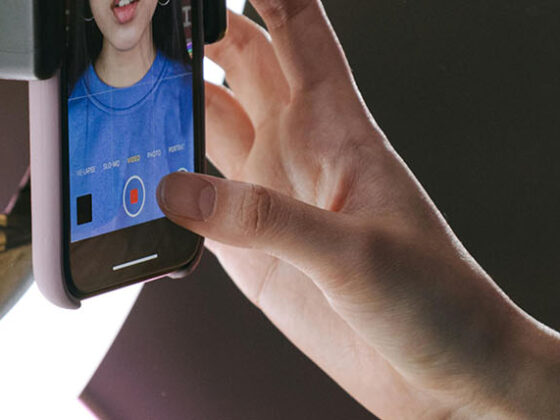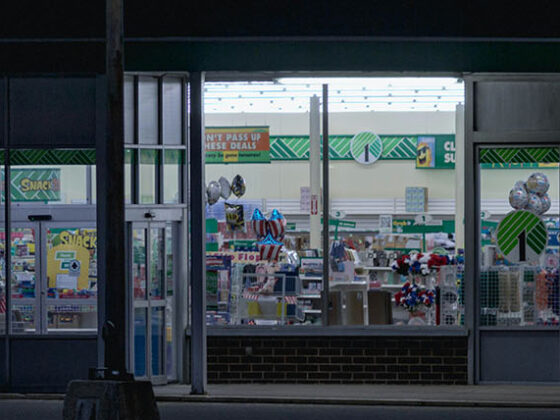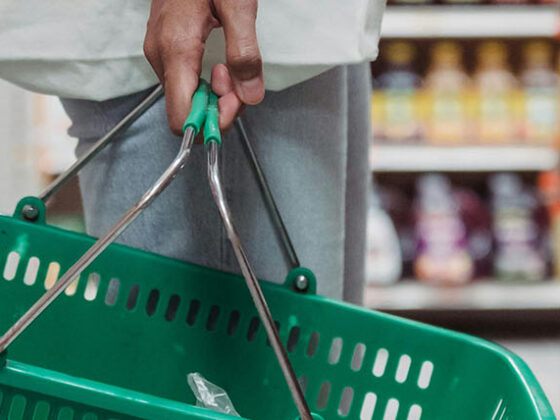We’ve all experienced it – that moment when a single whiff of a scent of cinnamon takes us back to grandma’s kitchen during the holidays. The smell of buttered popcorn and we are taken back to the movie theater in our minds. A song whose first few notes make us remember a special moment with a significant other. It’s no wonder that restaurants and retailers are trying to find ways to capture the art of sensory experiences so that they linger on in our minds a little longer.
Incorporating the senses into shopping and dining experiences does more than just create a unique experience for the customer. By ensuring that all the senses are engaged, restaurants and retailers have an opportunity to make an indelible impression on customers and connect their brand positively to everyone.

Creating a sensory-driven experience in retail is a thoughtful, deliberate process that must incorporate brand story, the location, and the clientele. Lily Pulitzer’s Palm Beach store was designed with the senses in mind, with luxurious textures and colors, indoor and outdoor areas where customers can feel a breeze and smell the ocean air, and even an orange juice bar to energize the taste buds.
“Sensory marketing can turn a one-time customer into a loyal repeat brand advocate. By appealing to all five senses, retailers can solidify their store as a must-visit place for shoppers by creating an unforgettable experience that just can’t be replicated online. If you want to give your brick-and-mortar store an edge over e-commerce competitors, follow these tips for incorporating sight, smell, taste, touch, and sound into your retail experience.” – The U.S. Chamber of Commerce
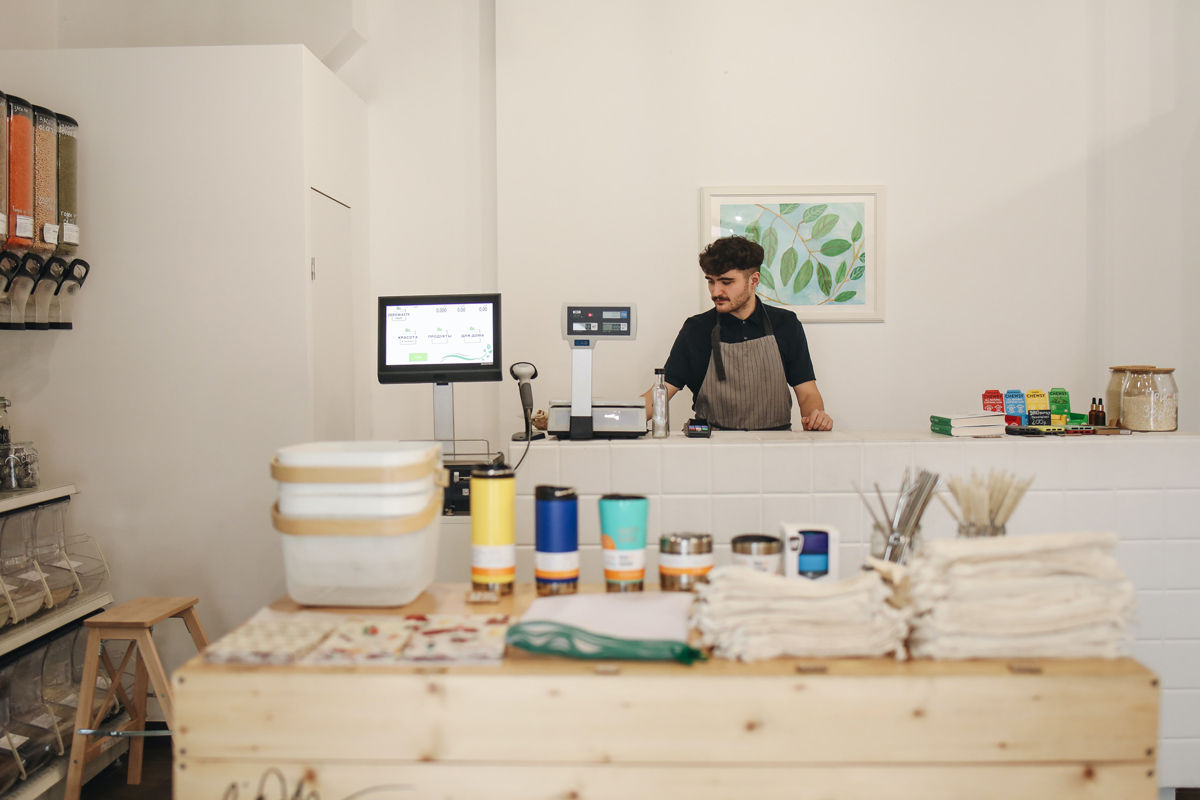
How to Incorporate the Senses
While not every interaction with a customer can deliver a sensory experience that includes all five senses, it’s important to consider all five and determine which senses can best help enhance your brand story.
Sight
The visual experience is, in most cases, the first sensory experience a customer will have with a brand, and it can start well before they ever visit a store. The logo, website, social media, online menus (food photography, clear descriptions of menu items), and color schemes all play into the visual experience. Once they step inside a store or restaurant, the visual experience continues. Lighting, menu boards, digital signs, and displays all play a part, but so does simple order and cleanliness. Neil Saunders pokes fun regularly at Macy’s for their inability to deliver a visual experience that delights customers, which is contrary to their knowledge that the visual experience is the first one with the brand they’ll have.
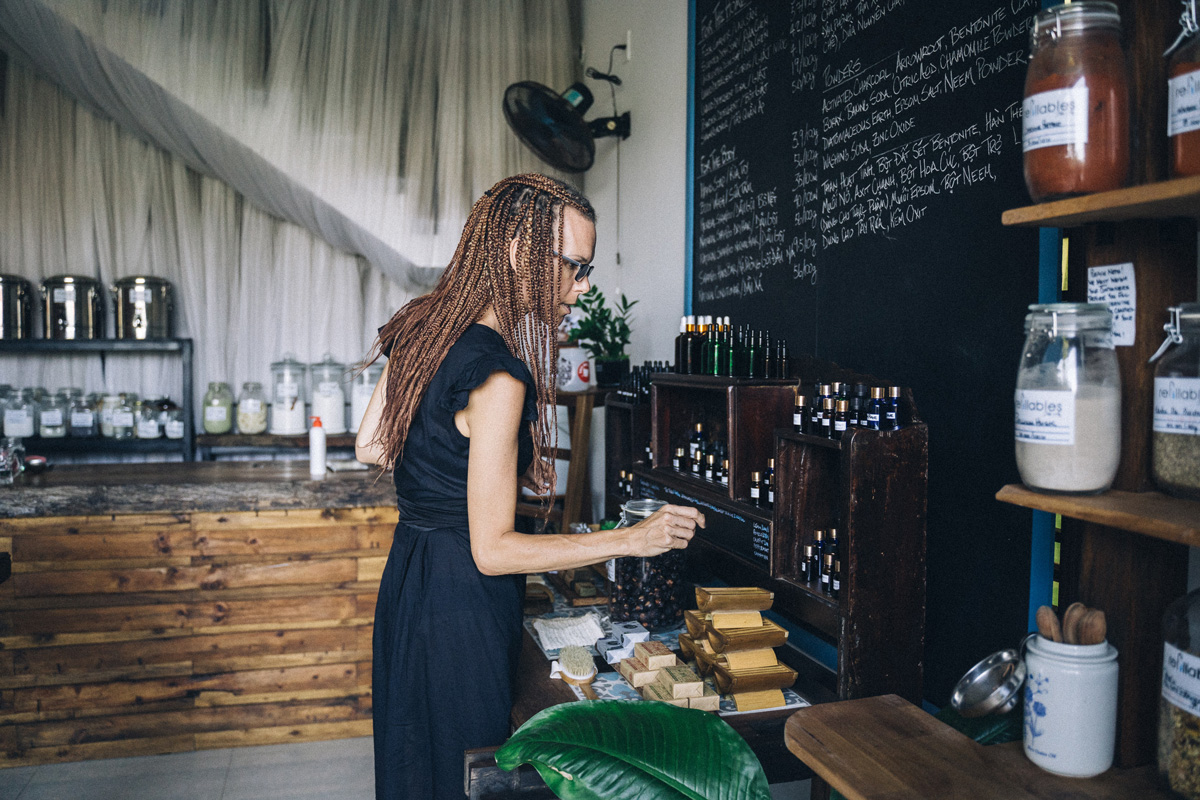
Sound
The music played in a restaurant or store sets the mood, so the music must match the brand and the intended experience. It’s more than just the style of music and volume, though. Especially in restaurants, the sounds from the kitchen –clanging pots and pans, the voices of employees, even the sizzling sound of fajitas being delivered to a nearby table – can all enhance or detract from the experience.
Smell
Smell as a sensory experience needs little explanation for a restaurant setting, but how does smell play into other retail settings? Can a brand have a signature smell? While it’s necessary to find a balance between overwhelming the senses and creating a subtle sensory experience, smell may be the most powerful sense when it comes to sensory marketing.
“[The] brain regions that juggle smells, memories and emotions are very much intertwined. In fact, the way that your sense of smell is wired to your brain is unique among your senses.” – Live Science

Touch
Touch is an underrated sense, in both retail and restaurant. But everything about touch contributes to the customer’s sensory experience. From having the opportunity to feel the fabric of an item of clothing before making a purchase to the weight of the silverware used in a restaurant can impact the overall experience.
Fast Casual points out that not all touch is physical and that personal space is a part of the overall sensory experience of touch. “A person’s figurative sense of touch may also be impacted by their perception of personal space. For example, if you’re sitting alone at a small table near a wall, you would probably feel cozy and secure. However, if that same table were positioned in the middle of the room surrounded by the hustle of others, they would now likely feel exposed and possibly invaded.”
Taste
While taste is a logical piece of the sensory experience in a restaurant, as with the orange juice bar at Lilly Pulitzer, retailers can also benefit from signature tastes. From offering coffee and tea to shoppers to having a signature cinnamon bun that has become a celebratory event, retailers can use the power of taste to connect with customers more effectively. Because taste and smell are intricately linked, associating the two can be even more powerful.

“Modern chefs are recognising that flavour is more potent than taste as it engages all the senses and can evoke nostalgia, reminiscence, and emotion. Using audio and other sensory influences enables them to enhance the flavours of their dishes and make them more memorable. Curious, up-for-anything diners are just as hungry for enhanced dining experiences that play on all their senses. What’s more, they are willing to pay a pretty penny for them.” – CordonBleu
Grocery Stores Embrace Sensory Marketing
Grocery stores are highly competitive. According to Vericast, the average grocery shopper visits four different retailers for groceries. So how can a grocer keep shoppers coming back through multisensory experiences?
Albertsons is going straight for smell and will begin piping in the smell of cheesecake at Philadelphia cream cheese displays in certain stores. But Vericast points to visual marketing in the form of the printed circular as the most essential sensory marketing for grocers. The circular is to grocers what the toy catalog is to retailers during the holidays– something that defies the odds of the digital world we live in and allows people to see and touch something physical as they plan their shopping.
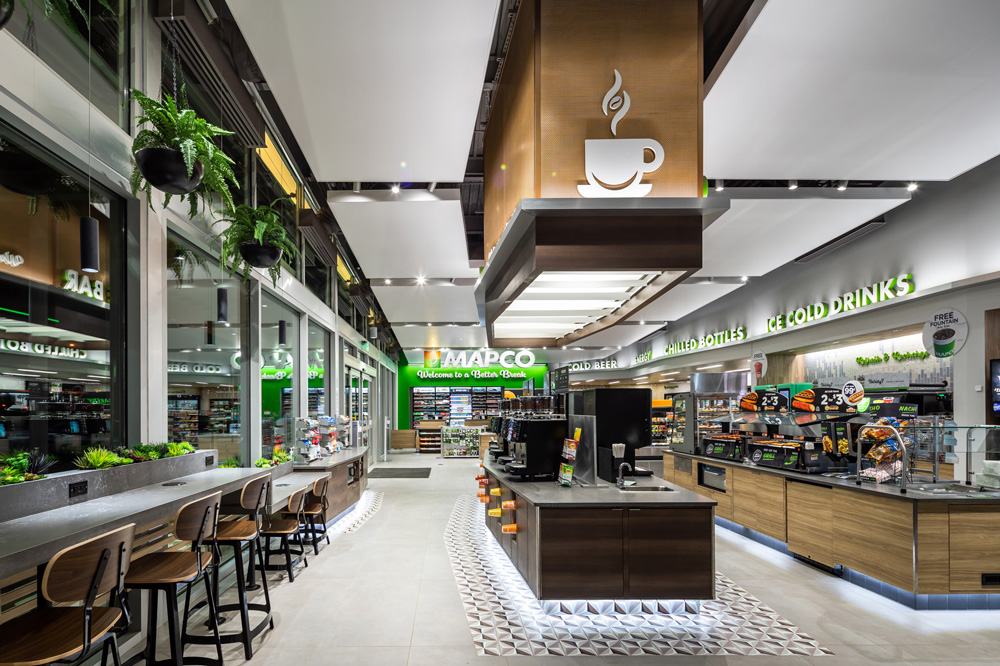
C-Stores Deliver Multisensory Experiences
While not every c-store can be an Omega Mart, convenience stores are upleveling by delivering a better, more personalized experience to customers. A great example is Mapco, who have transformed the idea of a convenience store from being an in-and-out stop to a place where customers can linger.
Multisensory Experiences Are the Future
Engaging the senses creates an enhanced experience, but it also increases sales. Consider these statistics from Mood Media:
- 75% of shoppers say they are more likely to stay longer in a place of business if they’re enjoying the music, visuals, and scent.
- 90% of shoppers say they’re more likely to revisit a brick & mortar business if the music, visuals, and scent create an enjoyable atmosphere.
- 43% of consumers around the globe have been inspired to make a purchase based on digital signage content they viewed while in-store.
Engaging in more than one sense amplifies each of the senses involved. So a visual experience in a retail location that is accompanied by both sound (music) and a tactile experience, or a restaurant experience in which smell, taste, and sound are combined to create powerful and memorable moment can be much more powerful than focusing on an individual sense.
Consumers are looking for ways to make the time and money they spend more meaningful and memorable. Engaging all their senses from the moment they begin engaging with a brand can lock in loyalty and increasing revenues.


